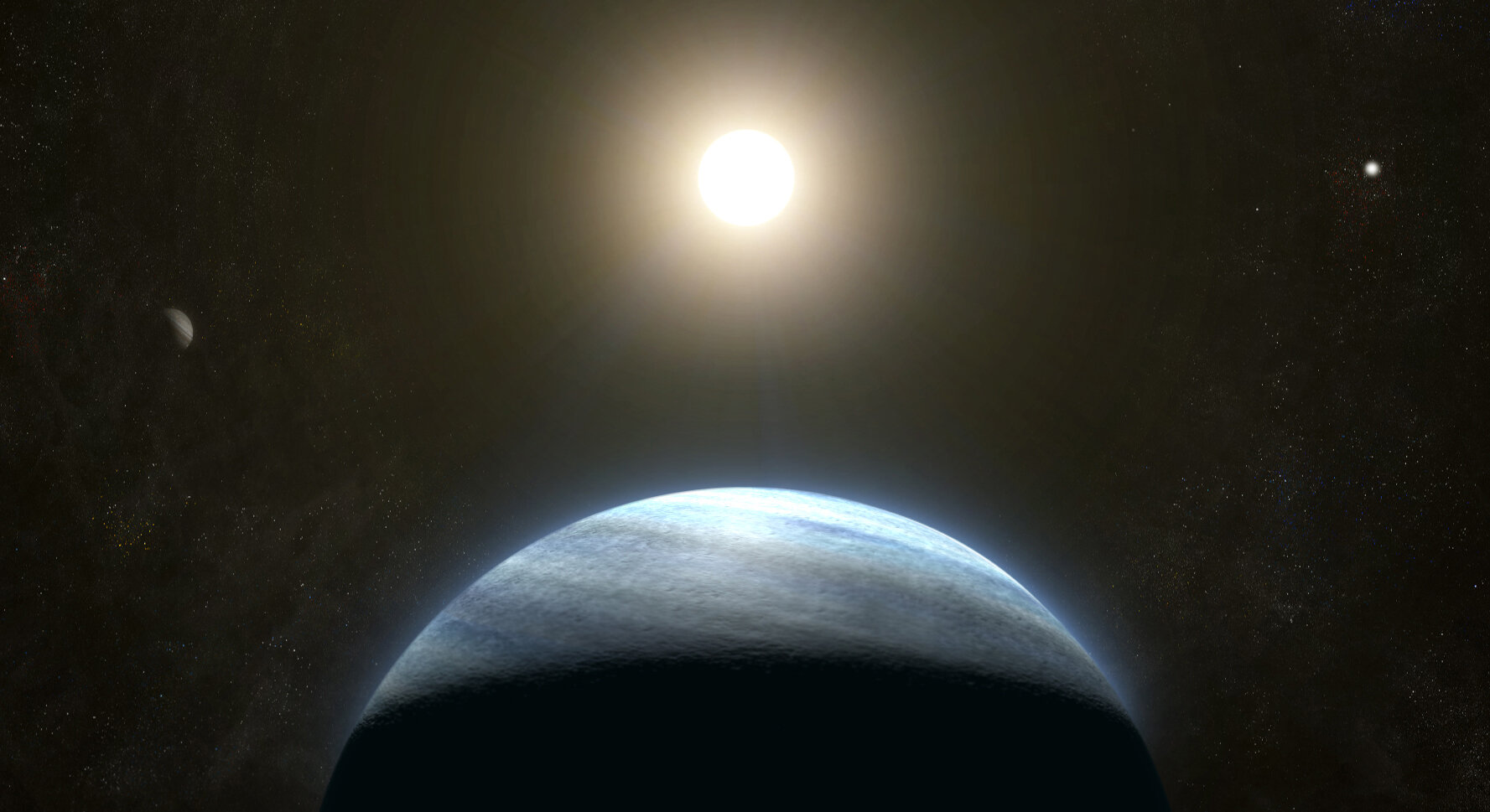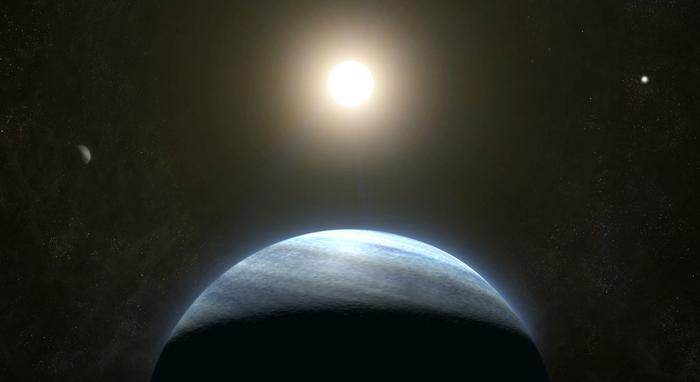
In a groundbreaking discovery, citizen scientists have identified a Neptune-like exoplanet, TOI 4633 c (also known as Percival), in the habitable zone of an unusual binary star system. The planet was first detected using NASA's Transiting Exoplanet Survey Satellite (TESS) and the Planet Hunters TESS program. Citizen scientists are particularly valuable in identifying long-orbit exoplanets, as these objects can be challenging for computers to detect.
The discovery of TOI 4633 c is considered unusual due to its long orbital period of 272 days, making it one of the most distant planets known to orbit within the habitable zone where liquid water could exist. The system also contains a second star and may host another exoplanet with a 34-day orbit.
The planet was identified using the transit method, which involves observing how the light from its host star dims when the planet passes in front of it. This method is most effective for planets with tight orbits that frequently pass between their host star and Earth.
TOI 4633 c was first detected by citizen scientists sifting through TESS data, making this an excellent example of the power of crowdsourcing in scientific research. The discovery has been confirmed by follow-up observations from various institutions, including the Flatiron Institute's Center for Computational Astrophysics and the Simons Foundation.
The newfound exoplanet is named Percival after a character from J.K. Rowling's Harry Potter series, who was known for his keen observational skills and dedication to uncovering hidden truths. This fitting name reflects the crucial role citizen scientists play in expanding our understanding of the universe.
The discovery of TOI 4633 c adds to a growing body of evidence suggesting that multi-star systems may host a greater variety and abundance of exoplanets than previously thought. This finding underscores the importance of continued research into these complex celestial environments.
